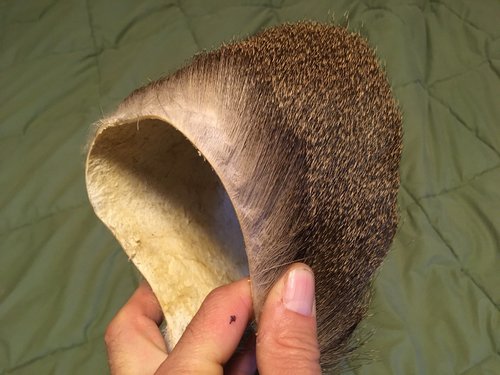Clawsar
Active member
I’m just starting to really get into fly fishing and was thinking the other day about the materials used. Is there any good info on what needs to be done and how for getting things like deer and elk hair, grouse feathers, etc. ready to use? I heard for grouse to just through the skin and feathers in the freezer but that elk had to be tanned to use the hairs.
Any experience or input would be appreciated. Just thinking through any other ways to make use of the animals I already go after.
Thanks!
Any experience or input would be appreciated. Just thinking through any other ways to make use of the animals I already go after.
Thanks!





